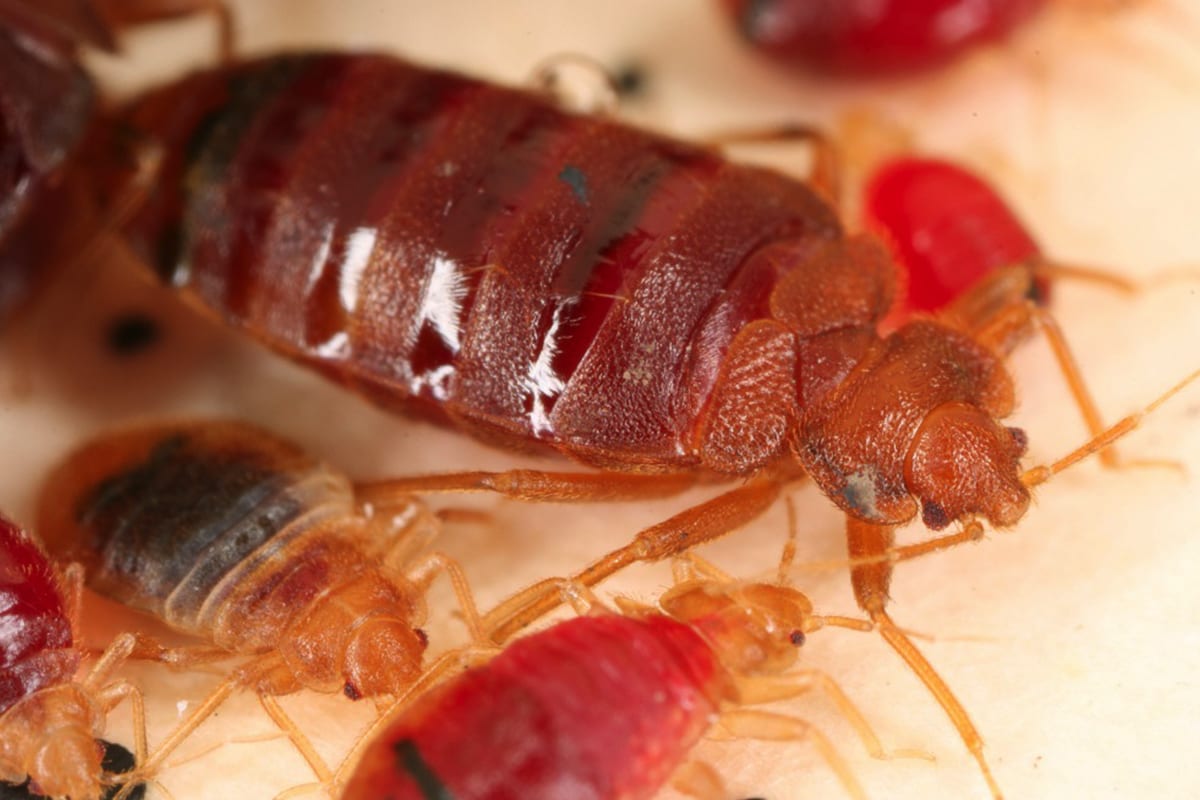Bedbugs’ Spread Fueled by Inbreeding, Treatment Resistance
December 21, 2011

To adapt a phrase, bed bugs don’t die, they multiply.
A single mated female can spawn many colonies and then mate with her offspring. The offspring can also mate with each other. That is, bed bugs can survive, and even thrive, by inbreeding.
That new finding is one reason these blood-sucking parasites have re-emerged with a vengeance in the past decade and aren’t likely to stop sucking soon, scientists reported at the annual meeting of the American Society of Tropical Medicine and Hygiene (ASTMH), a Burness client.
Entomologists at North Carolina State University reported on two studies finding very low genetic diversity among specific infestations up and down the East Coast — meaning most of the bugs in any given apartment building are related to each other. Extensive inbreeding among bed bugs does not seem to cause serious mutations that would kill off most other organisms (cockroaches being another exception).
At the ASTMH meeting, other scientists touted early results from efforts to target specific enzymes inside bed bugs to prevent them from breaking down and resisting insecticides; insecticide resistance is an increasing problem among bed bugs and another factor in their resurgence. Two other studies, respectively, identified potential bed bug compounds that might be useful to create sensitive detection tools or effective traps.
In recent years, bed bugs have come to usurp termites as the No. 1 urban pest reported by pest control agencies.
“Just as with other global diseases once thought under control and then neglected, bed bugs have shown the ability to resurge in great numbers once our vigilance wanes,” said Peter J. Hotez, MD, PhD, president of ASTMH. “To stay one step ahead of bed bugs and other parasitic organisms, we need to sustain investment in research for new tools.”
In reporting on these findings from the ASTMH meeting, WebMD offered a few tips to help minimize the spread of bed bugs, including heat-drying clothes after wearing them while seated in a crowded public space and examining hotel beds and especially headboards with a flashlight.
To listen to an interview with Rajeev Vaidyanathan, one of the report authors, check out last week’s Science Friday on NPR.
